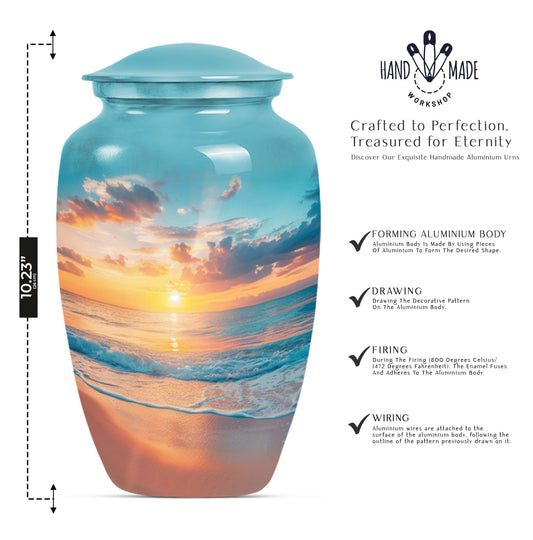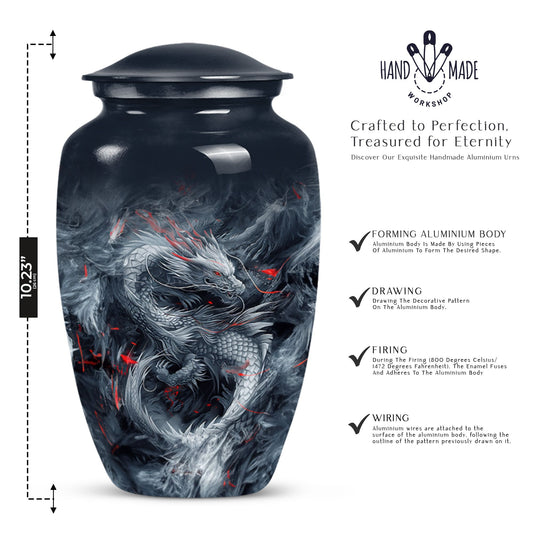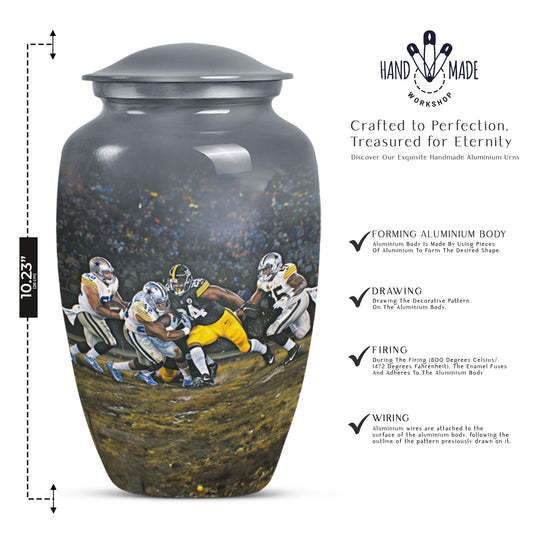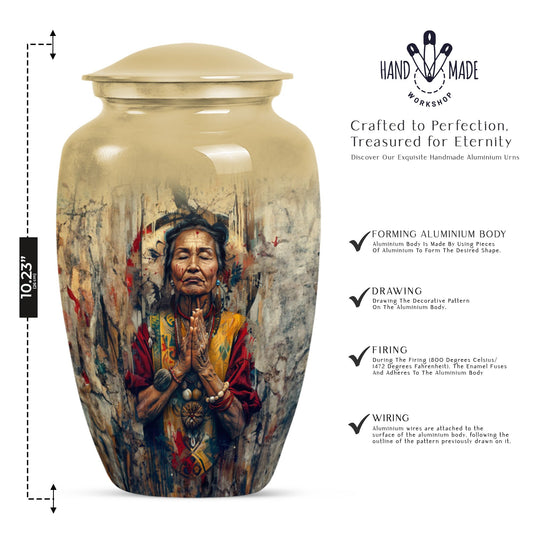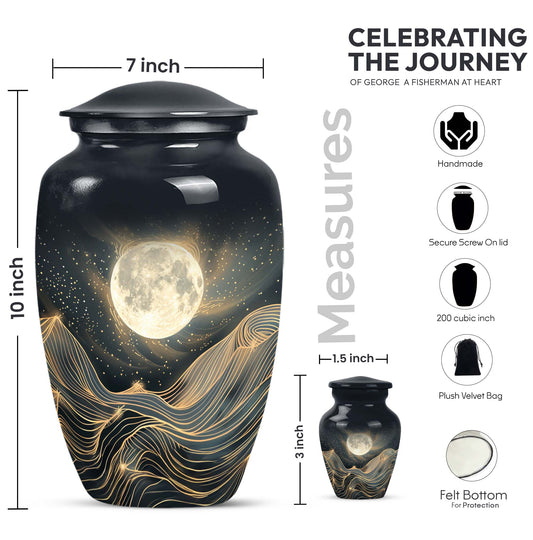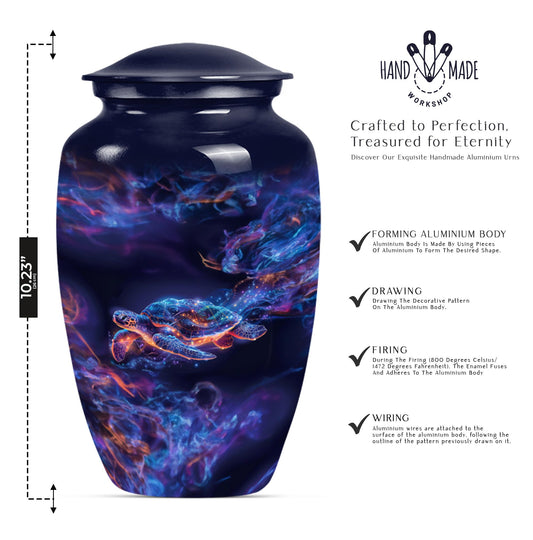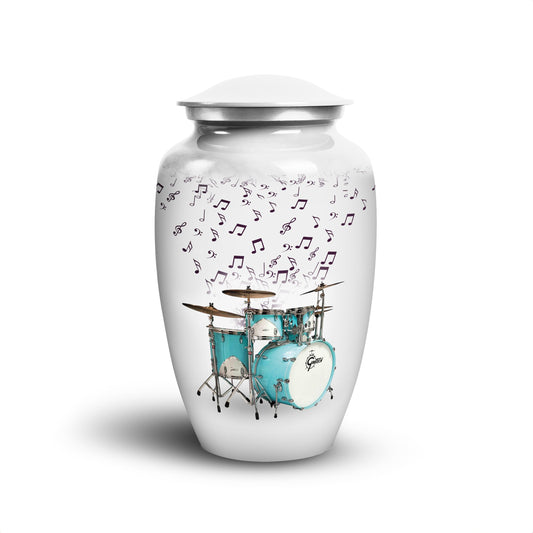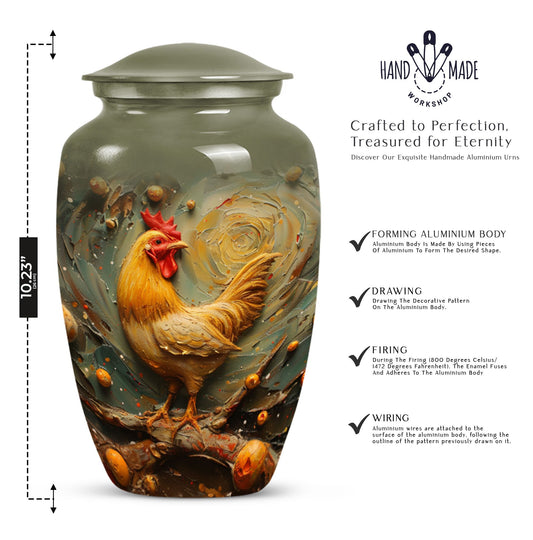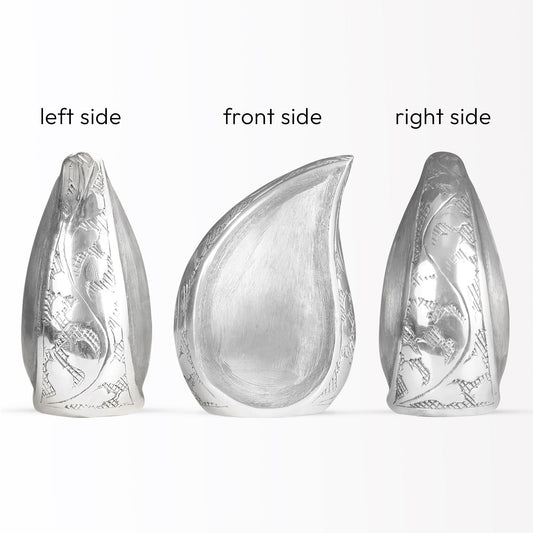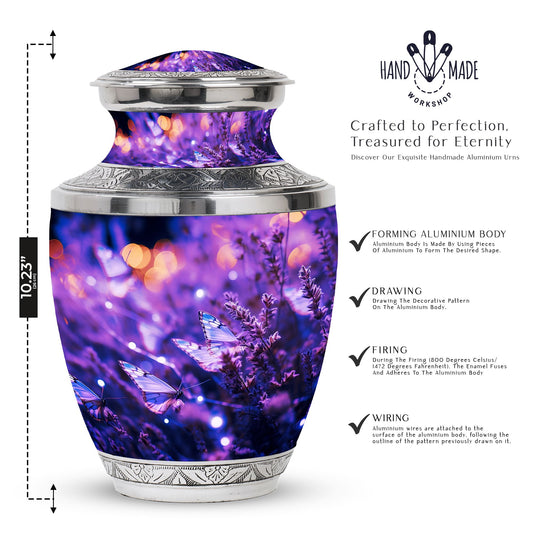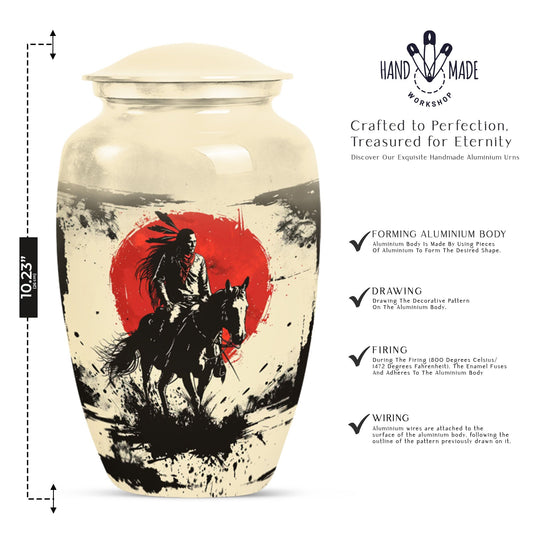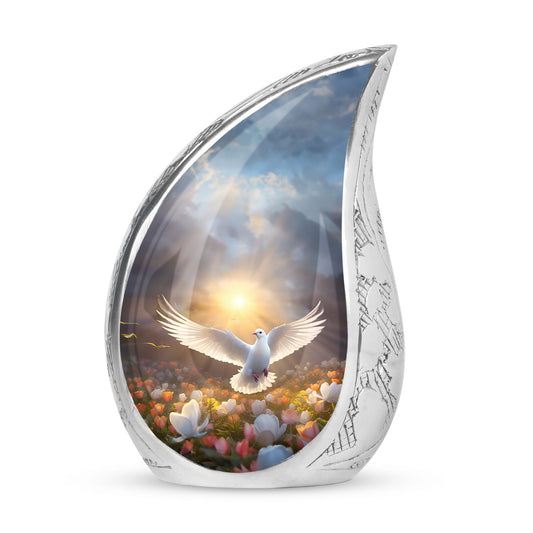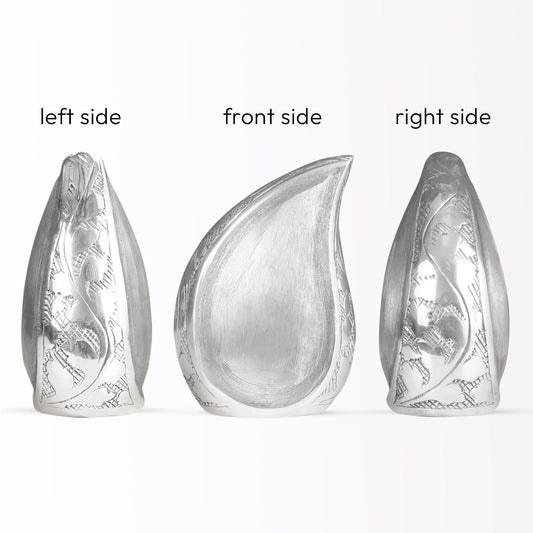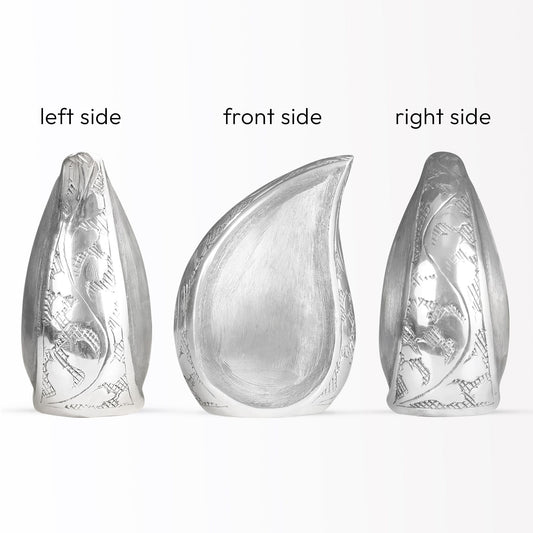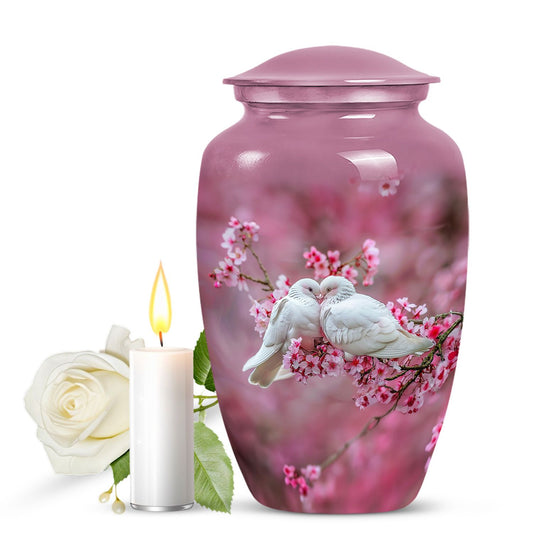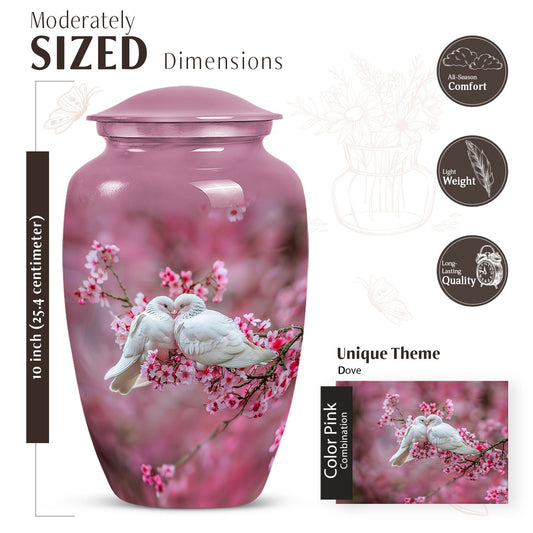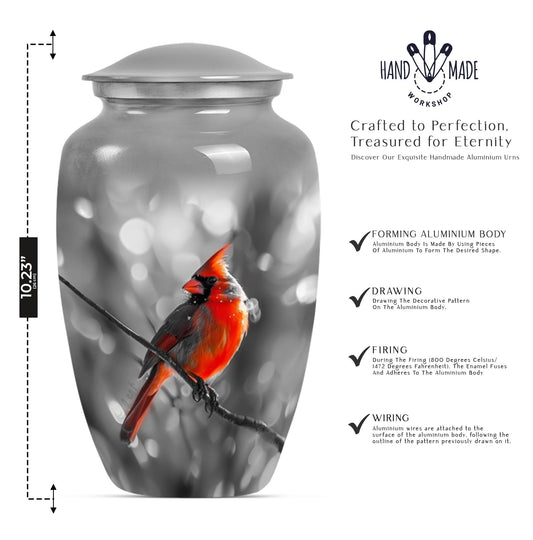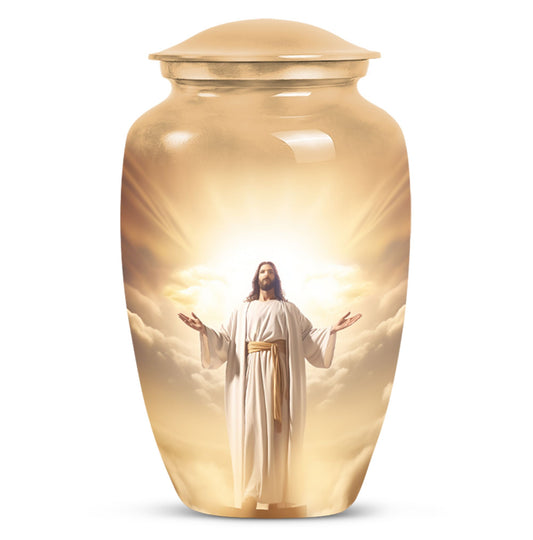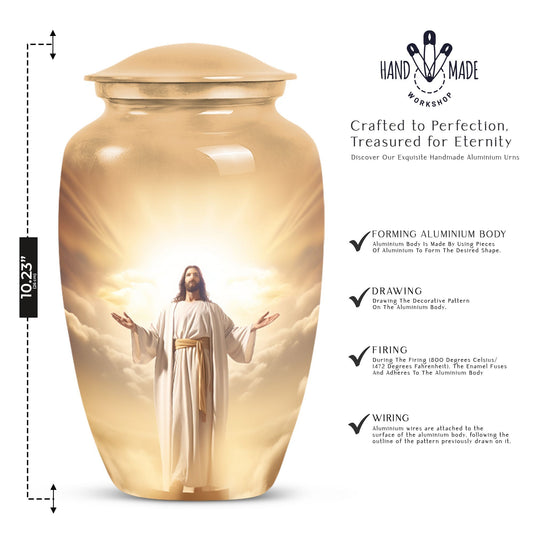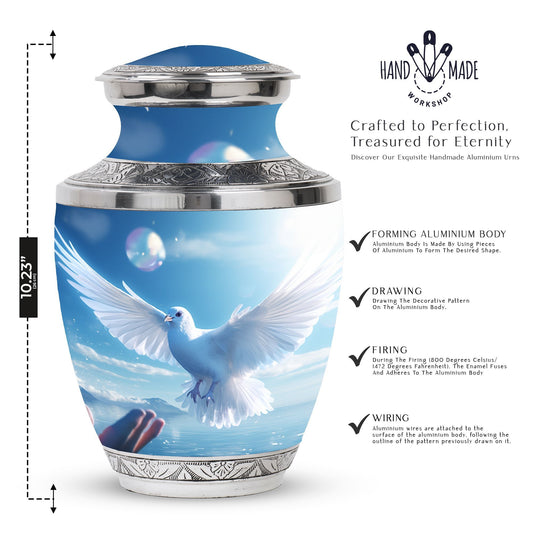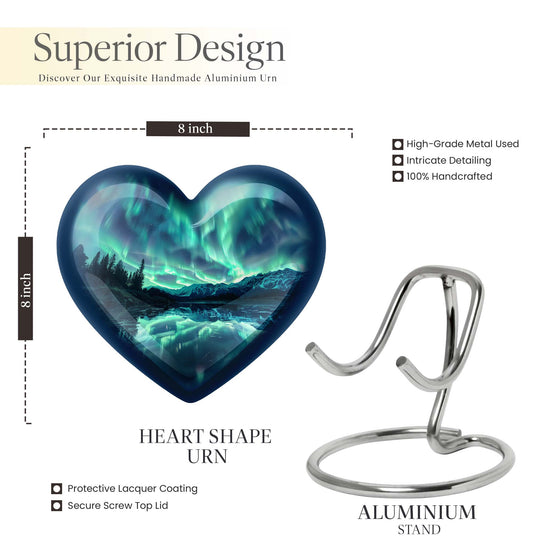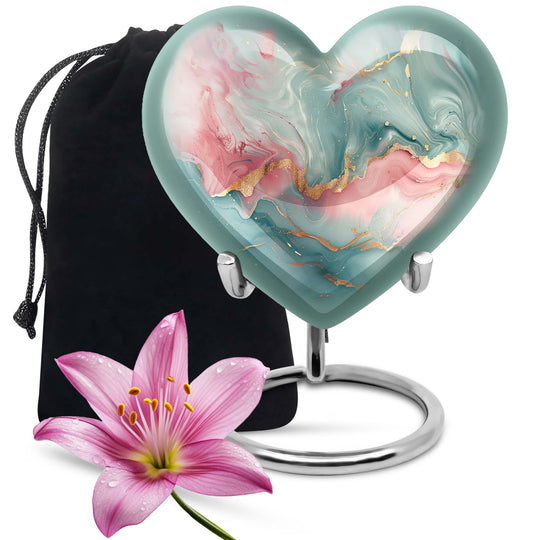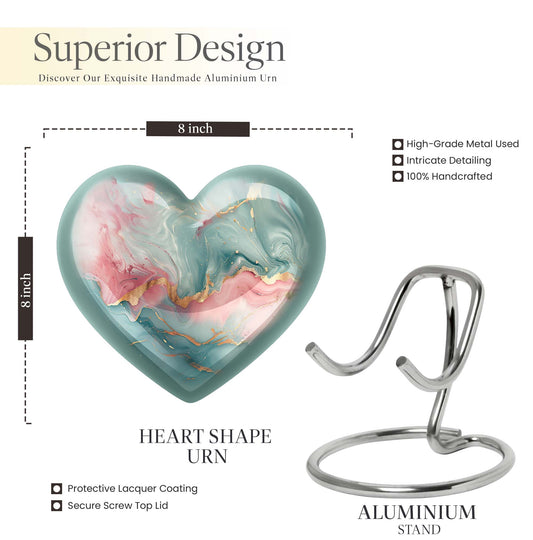Popular Urns
Cremation and Catholic Doctrine: Dispelling Myths and Promoting Understanding

Reconciling Ancient Beliefs with Contemporary Realities:
For centuries, the catholic church has its name linked with the traditional burial practices, hence forming a perception that it forbids cremation. However, as we have moved towards the era of modernism where the society has evolved over a period of time and became more inclusive towards change and diversity, the church too has embraced a more open and understanding view to this age-old practice of burials.

Therefore, with the help of this article, we aim to debunk the misconceptions and myths which surround the catholic church and cremation, shedding light on the church’s current teachings for the common folk.
1. The catholic church forbids cremation:
Now, this argument is not something very new to us, we all have heard it somewhere or other in our surroundings. So, we can say that this is one of the most prevalent myths that revolve around this topic. While historically, if we talk about traditional burial, the church favored it for the longest time.

However, the Second Vatican Council in 1963 acknowledged cremation as an acceptable practice for Catholics. The church’s stance, for sure has evolved and it is now widely accepted as well, provided that it is not chosen for reasons contrary to Christian teachings.
2. Cremated remains cannot be present during a Catholic Funeral Mass:

Cremated remains can be very much presented during a funeral mass, that above myth is simply untrue. The catholic church does permit the same liturgical rites and prayers as it does for a traditional burial service. Cremated remains are a source of a tangible reminder of the deceased’s life and enables the family to honor and pray for the departed soul without any guilt.
3. Cremated remains must be buried or entombed:

In this case, the church recognizes and respects the fact that every family’s preferences and circumstances may vary; however, it wants that there must be a respectful disposition of cremated remains in a sacred place whether it might be a cemetery or columbarium. In fact, the church also allows for scattering of the ashes in a dignified manner, given that it is done in accordance with local laws and regulations.
4. Cremation is a Pagan Practice:

While cremation has been in practice in multiple religions and cultures throughout our history, it is not and cannot be a pagan ritual as such. The catholic church mentions that cremation is a personal choice which can be motivated by various factors, such as environmental concerns or cost budgeting and it does not necessarily reflect a rejection of catholic teachings.
Conclusion:
At last, it is crucial to understand the fact that not everything can be defined in clear cut boundaries. The catholic church is evolving its stance over the period of time which reflects its commitment to compassion, inclusion and respect for individual choices. While on the one hand, it maintains its reverence for the human body as a sacred vessel that housed the soul, on the other, it recognizes that cremation does not diminish the dignity of the deceased.
ALSO READ:
End of Life Planning: A Comprehensive Approach For Families
HOW TO CHOOSE THE RIGHT CREMATION PROVIDER
HISTORY OF CREMATION: From Ancient to Modern Times




